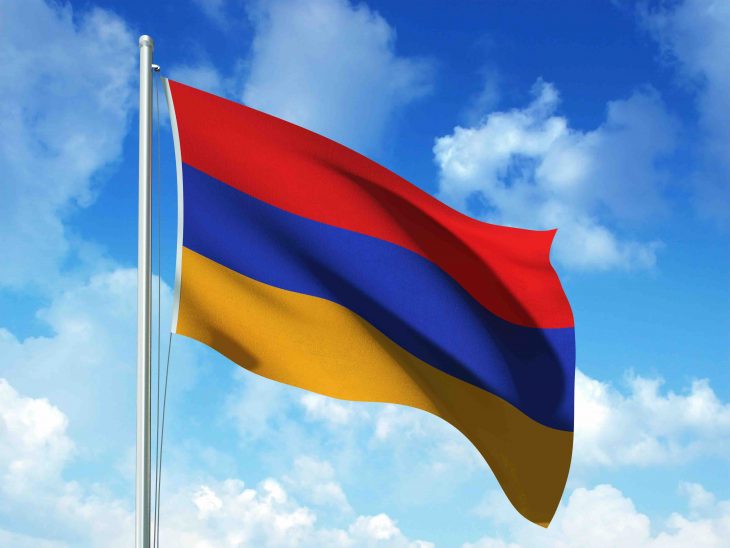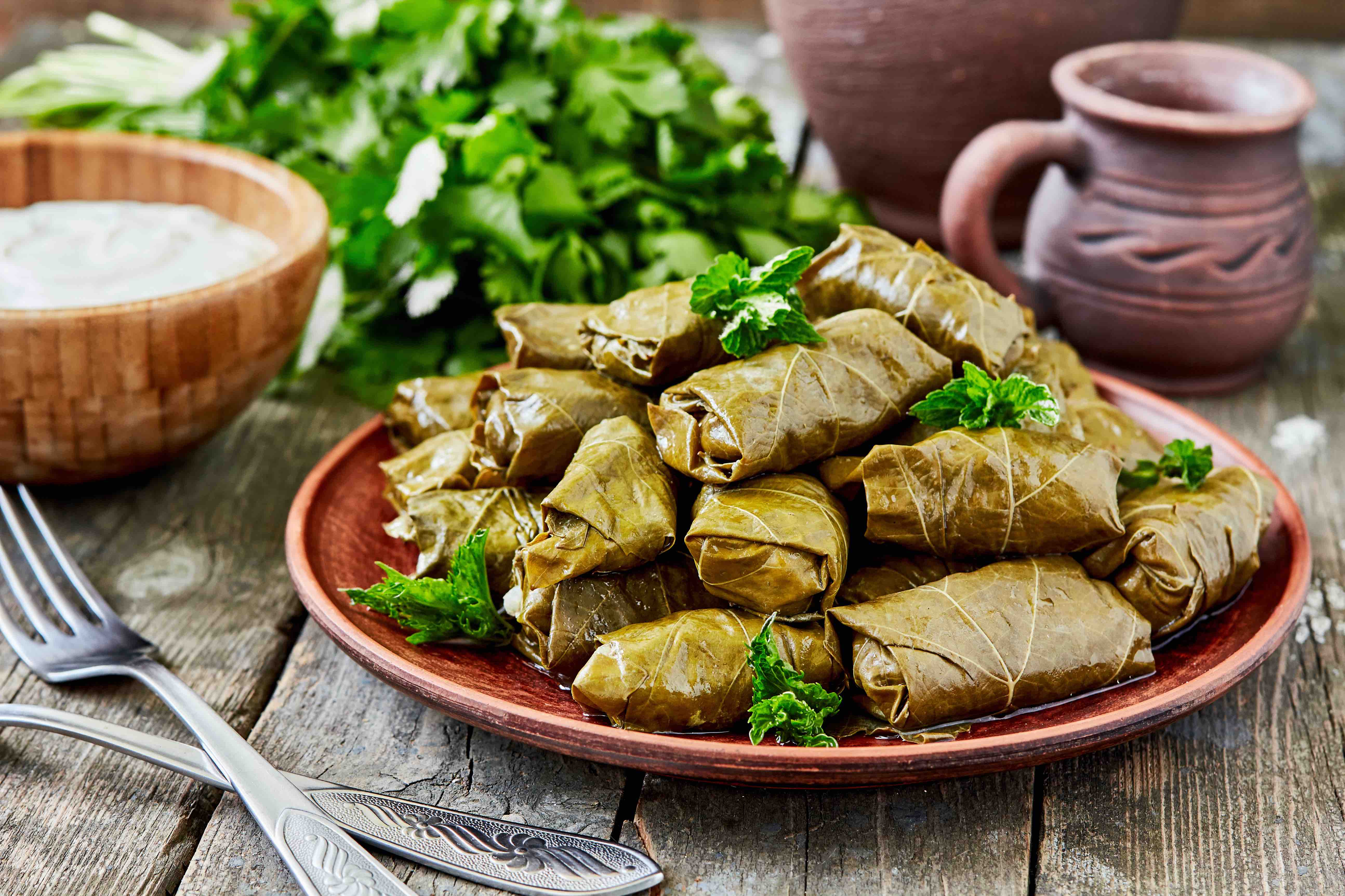
Armenia, nestled in the South Caucasus region of Eurasia, is a land rich in history, culture, and natural beauty. From its ancient roots to its modern-day marvels, Armenia offers a tapestry of experiences for travelers and enthusiasts alike. In this article, we delve into 20 fun and intriguing facts about Armenia, shining a light on its unique heritage and captivating allure. Get ready to explore the wonders of this fascinating country!
Ancient Civilization
Armenia is home to one of the world’s oldest civilizations, with a history dating back over 3,000 years. The country’s roots can be traced back to the ancient kingdom of Urartu, which flourished in the 9th century BCE.
The Land of Churches
Armenia is often referred to as the “Land of Churches” due to its rich religious heritage. The country is home to countless ancient churches and monasteries, many of which are UNESCO World Heritage sites.
Mount Ararat
The iconic Mount Ararat, located in eastern Turkey near the Armenian border, holds great cultural significance for Armenians. It is believed to be the resting place of Noah’s Ark, and its majestic presence can be seen from various parts of Armenia.
Khor Virap Monastery

Khor Virap Monastery, located near the border of Turkey, offers breathtaking views of Mount Ararat. It is also significant for its historical and religious importance, as it is believed to be the place where Saint Gregory the Illuminator was imprisoned for 13 years.
Inventors of the Alphabet
Armenians take pride in being the inventors of the alphabet. In the 5th century CE, Mesrop Mashtots created the Armenian alphabet, which paved the way for the preservation of Armenian language and culture.
Apricot Paradise
Armenia is famous for its apricots. The country’s favorable climate and fertile soil provide ideal conditions for cultivating these delicious fruits. In fact, the apricot is considered the national fruit of Armenia.
Lavash: Intangible Cultural Heritage
Armenian lavash, a traditional flatbread, has been recognized by UNESCO as an Intangible Cultural Heritage of Humanity. Making lavash is a cherished tradition in Armenian households, with the bread often prepared and shared during festive occasions.
Lake Sevan
Lake Sevan, located in the heart of Armenia, is one of the largest high-altitude lakes in the world. Surrounded by stunning landscapes, it is a popular tourist destination and a haven for nature lovers.
Chess Champions
Armenia has a deep-rooted love for chess, and the country has produced several world-class chess players. In fact, Armenia won the Chess Olympiad, the world’s top team chess competition, in 2006, 2008, and 2012.
Pomegranate Symbolism
The pomegranate holds symbolic significance in Armenian culture. It is a symbol of fertility, abundance, and good luck. The vibrant red fruit is often depicted in Armenian art and architecture.
Carpet Weaving Tradition
Armenia has a long-standing tradition of carpet weaving, with the art form dating back thousands of years. Armenian carpets are renowned for their intricate designs and vibrant colors, reflecting the country’s rich cultural heritage.
Yerevan: Pink City
Yerevan, the capital city of Armenia, is often called the “Pink City” due to the pink volcanic tuff stones used in many of its buildings. The city boasts a lively atmosphere, with bustling markets, vibrant cafés, and a thriving cultural scene.
Areni-1 Cave
The Areni-1 Cave in Armenia is a treasure trove for archaeologists. It is where the world’s oldest known winery was discovered, dating back over 6,000 years. This finding showcases the long history of winemaking in the region.
Duduk: Soulful Melodies
The duduk, a traditional Armenian woodwind instrument, is known for its hauntingly beautiful sound. It is often associated with Armenian folk music and has been recognized by UNESCO as a Masterpiece of the Oral and Intangible Heritage of Humanity.
Tatev Monastery and the Wings of Tatev
Tatev Monastery, perched on a cliff in southeastern Armenia, is a marvel of medieval architecture. It is connected to the nearby village of Halidzor via the Wings of Tatev, the world’s longest reversible aerial tramway, offering breathtaking views of the surrounding landscape.
Brandy Distillation
Armenian brandy is renowned worldwide for its exceptional quality. The country has a rich tradition of brandy production, with renowned Armenian brandy houses creating exquisite spirits that have won international acclaim.
Khachkars: Stone Crosses
Khachkars, intricately carved stone crosses, are an important element of Armenian religious and cultural heritage. These unique works of art can be found throughout the country, often adorning churches and monastic complexes.
Silk Road Connection
Armenia was a significant stop along the ancient Silk Road trade route, connecting Europe and Asia. This historical connection contributed to the country’s cultural diversity and the exchange of goods, ideas, and traditions.
Hospitality and Armenian Cuisine

Armenians are known for their warm hospitality, and food plays a central role in Armenian culture. Traditional Armenian cuisine offers a delightful array of flavors, with dishes like dolma (stuffed grape leaves), khorovats (barbecue), and lavash bread.
The Eternal Flame of Zvartnots
Zvartnots Cathedral, a remarkable architectural wonder from the 7th century, once stood tall in Armenia. Although it now remains in ruins, the eternal flame at the site symbolizes the endurance of Armenian culture and the indomitable spirit of its people.
Final Word
Armenia is a captivating destination that seamlessly blends ancient traditions with modern delights. From its historical landmarks and breathtaking landscapes to its warm-hearted people and vibrant cultural expressions, Armenia offers a truly enriching experience for travelers. Embark on a journey to this remarkable country and immerse yourself in its fascinating tapestry of history, art, and natural wonders.
Frequently Asked Questions (FAQs)
Is Armenia safe for tourists?
Armenia is generally a safe destination for tourists. The country has a low crime rate, and locals are known for their hospitality and friendliness towards visitors. However, it’s always advisable to exercise basic precautions and stay informed about any travel advisories.
What is the best time to visit Armenia?
The best time to visit Armenia is during spring (April to June) and autumn (September to October) when the weather is pleasant and nature is at its finest. Summers can be hot, while winters can be cold with snowfall, making them ideal for winter sports enthusiasts.
Are English and Russian widely spoken in Armenia?
While Armenian is the official language, many Armenians also speak English, especially in urban areas and tourist destinations. Russian is also commonly spoken due to historical ties with the former Soviet Union.
Can I visit Mount Ararat from Armenia?
Mount Ararat is located in eastern Turkey, and the border between Armenia and Turkey is currently closed. However, you can enjoy stunning views of Mount Ararat from various vantage points within Armenia.
What are some traditional Armenian souvenirs?
Traditional Armenian souvenirs include handmade carpets, intricate woodwork, pottery, Armenian brandy, and traditional musical instruments like the duduk. These unique items are perfect for capturing the essence of Armenian culture and heritage.
Was this page helpful?
Our commitment to delivering trustworthy and engaging content is at the heart of what we do. Each fact on our site is contributed by real users like you, bringing a wealth of diverse insights and information. To ensure the highest standards of accuracy and reliability, our dedicated editors meticulously review each submission. This process guarantees that the facts we share are not only fascinating but also credible. Trust in our commitment to quality and authenticity as you explore and learn with us.


